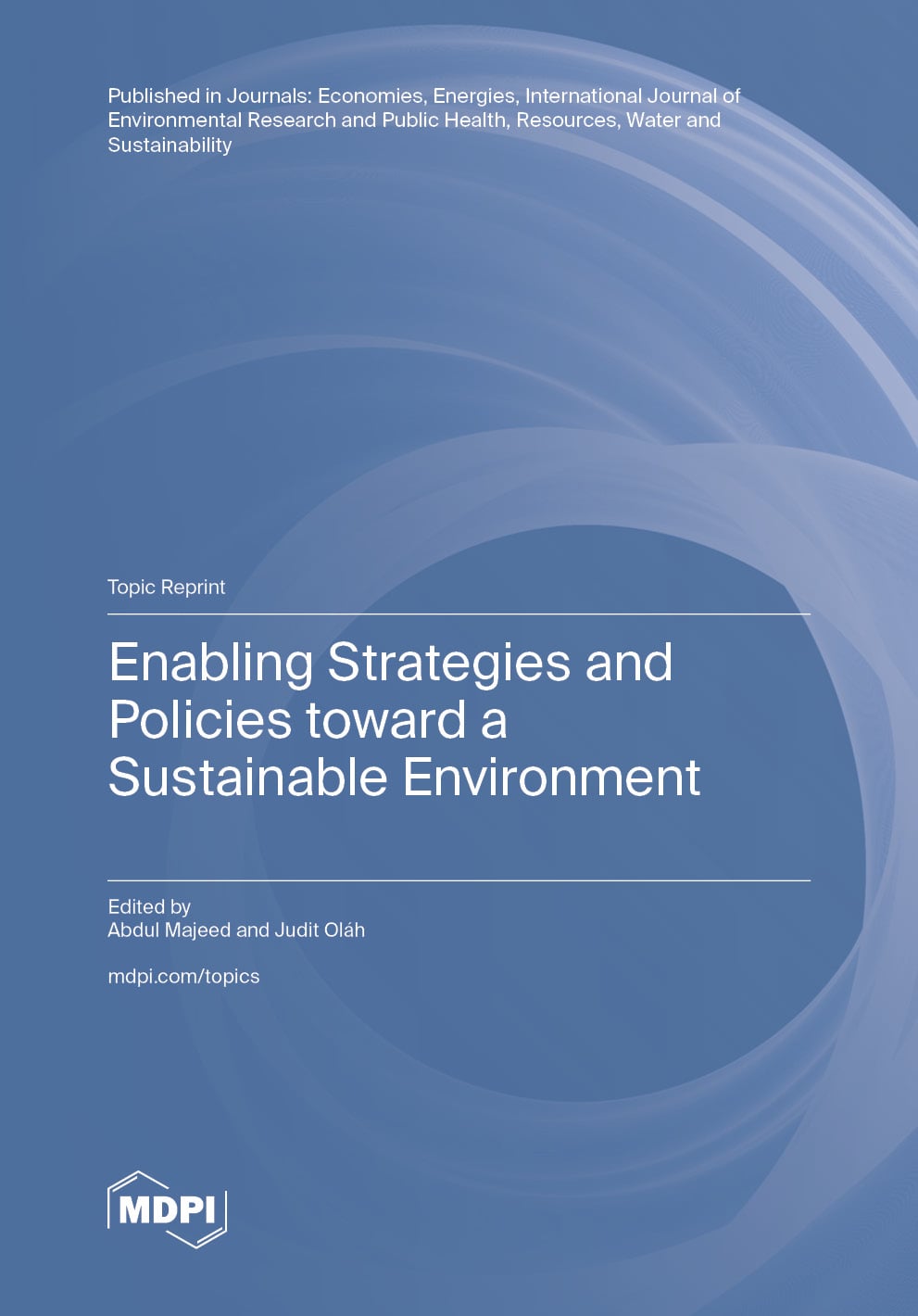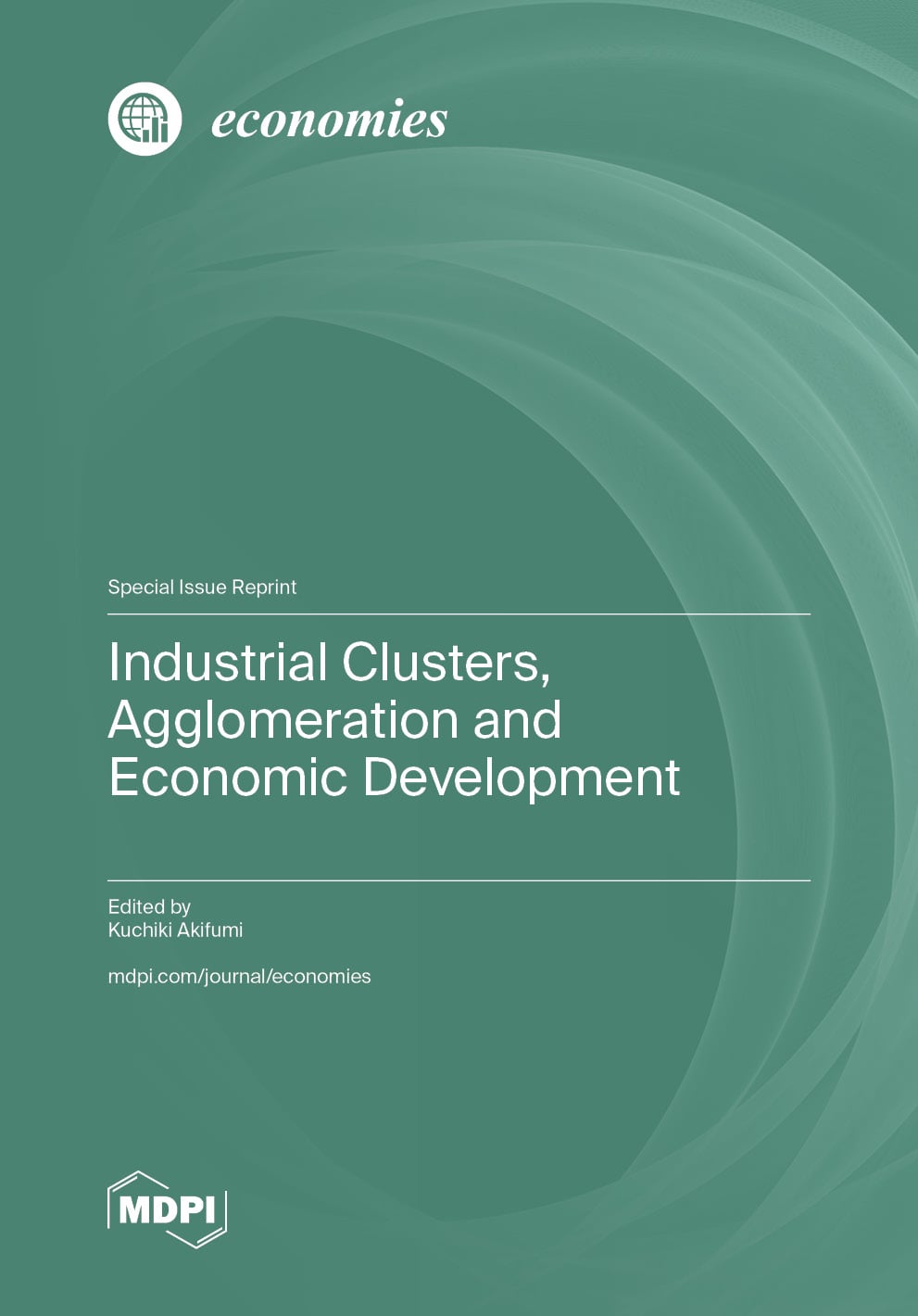- Article
Comparative Analysis of Labor Markets in Bulgaria, Italy, and the UK: Wage Dynamics, Labor Costs, and Digital Development
- Dmytro Zherlitsyn and
- Nataliia Rekova
This article examines labor market dynamics in Bulgaria, Italy, and the United Kingdom by integrating demographic pressures, wage and labor cost adjustment, redistribution mechanisms, inequality outcomes, and digital readiness into a single comparative framework. This study first applies hierarchical clustering to a harmonized EU country panel for 2017–2024, using GDP per capita in PPS, average annual wage, and unemployment rate to position the three countries within the European convergence space and income–labor cost groupings. The results show that Bulgaria belongs to a low-income, fast-converging group, with nominal wages and hourly labor costs more than doubling, strong real-wage growth from a low base, and an improving price level index. At the same time, unemployment fell to below the EU average, yet income inequality remains persistently high. Italy represents a high-income but slow-growing labor market, in which real wages have declined, and labor costs per hour remain above the EU mean with a significant non-wage component. Unemployment remains relatively elevated, indicating divergence in workers’ purchasing power despite high income levels. The UK has labor costs in the mature high-income range, low unemployment, and the lowest tax wedge for low-wage workers, but with relatively high and volatile inequality. This study shows that wage dynamics, labor cost composition, and tax–benefit structures jointly mediate the translation of macroeconomic performance into household outcomes, generating distinct policy trade-offs across the three labor market configurations. Digital indicators further suggest that income level is not a sufficient predictor of digital engagement and that the observed aggregate labor market trends do not indicate a sharp employment contraction contemporaneous with the diffusion of technical innovations, such as generative AI.
5 January 2026




